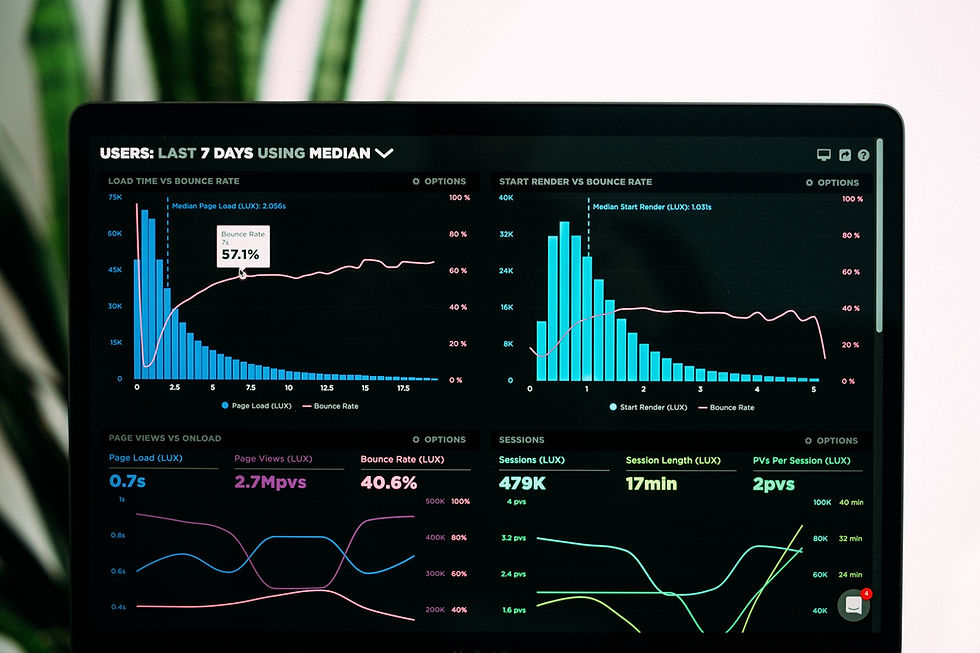A CISO’s Guide to Attack Surface Expansion in 2023
- SCHEMOX
- Dec 21, 2023
- 2 min read

In the ever-evolving landscape of cybersecurity, attack surface expansion has emerged as a critical concern for organizations worldwide. As businesses adopt new technologies, embrace cloud services, and facilitate remote work, their attack surfaces grow exponentially. In this article, we delve into the reasons behind this expansion, its implications, and effective strategies to prevent and mitigate risks.
Why Are Attack Surfaces Expanding?
Complexity and Interconnectedness:
Multi-cloud Strategies: Organizations increasingly rely on multiple cloud service providers, leading to a proliferation of entry points. Each cloud asset—whether it’s a SaaS application, a cloud database, or a development environment—exists outside the traditional network perimeter.
APIs: Interconnectedness within multi-cloud ecosystems occurs through APIs. While APIs facilitate seamless communication, they also introduce security vulnerabilities. Threat actors can exploit weakly secured APIs, further expanding the attack surface.
Remote Work Support:
The pandemic accelerated the adoption of remote work. As organizations swiftly enabled remote access, security was sometimes compromised. The hybrid workforce model—combining office and work-from-home arrangements—has become the new norm. However, it exposes additional endpoints and devices, contributing to attack surface growth.
Implications of Attack Surface Expansion
Increased Vulnerability: A larger attack surface provides more opportunities for threat actors to infiltrate systems, compromise data, and disrupt operations.
Challenges in Visibility and Control: Managing an expanded attack surface becomes complex. Traditional perimeter-based security models struggle to keep up with dynamic environments.
Regulatory and Compliance Risks: Organizations must comply with data protection regulations. An expanded attack surface heightens the risk of non-compliance.
The Role of a CISO in Managing Attack Surfaces
As a Chief Information Security Officer (CISO), your responsibilities include:
Risk Assessment: Regularly assess the organization’s attack surface. Identify vulnerabilities, entry points, and potential threats.
Proactive Measures:
Access Controls: Implement robust access controls to limit exposure.
Encryption: Encrypt sensitive data at rest and in transit.
Multi-factor Authentication (MFA): Strengthen authentication mechanisms.
Security Awareness: Educate employees about security best practices, especially in remote work scenarios.
Collaboration: Work closely with IT teams, cloud architects, and developers to align security measures with business goals.
3 Important Solutions for Handling Attack Surface Expansion
Attack Surface Management (ASM) Tools:
These tools provide visibility into the organization’s attack surface. They help identify assets, assess risks, and prioritize security efforts.
Examples include vulnerability scanners, asset discovery tools, and threat intelligence platforms.
Zero Trust Architecture:
Adopt a zero-trust approach where trust is never assumed based on location or network boundaries.
Verify every user, device, and application before granting access.
Continuous Monitoring and Adaptive Security:
Regularly monitor the attack surface for changes.
Implement adaptive security controls that adjust based on real-time threats and context.
What Solutions Should CISOs Choose to Manage Attack Surface Expansion?
Robust Access Controls: Limit user privileges and enforce the principle of least privilege.
Network Segmentation: Isolate critical assets from less secure areas.
Endpoint Protection: Secure endpoints with next-generation antivirus, EDR solutions, and behavioral analytics.
Threat Intelligence: Stay informed about emerging threats.
Regular Audits and Assessments: Continuously evaluate security posture.
In conclusion, attack surface expansion is inevitable, but proactive measures can significantly reduce risks. By adopting a holistic approach, CISOs can safeguard their organizations against evolving threats.



Comments